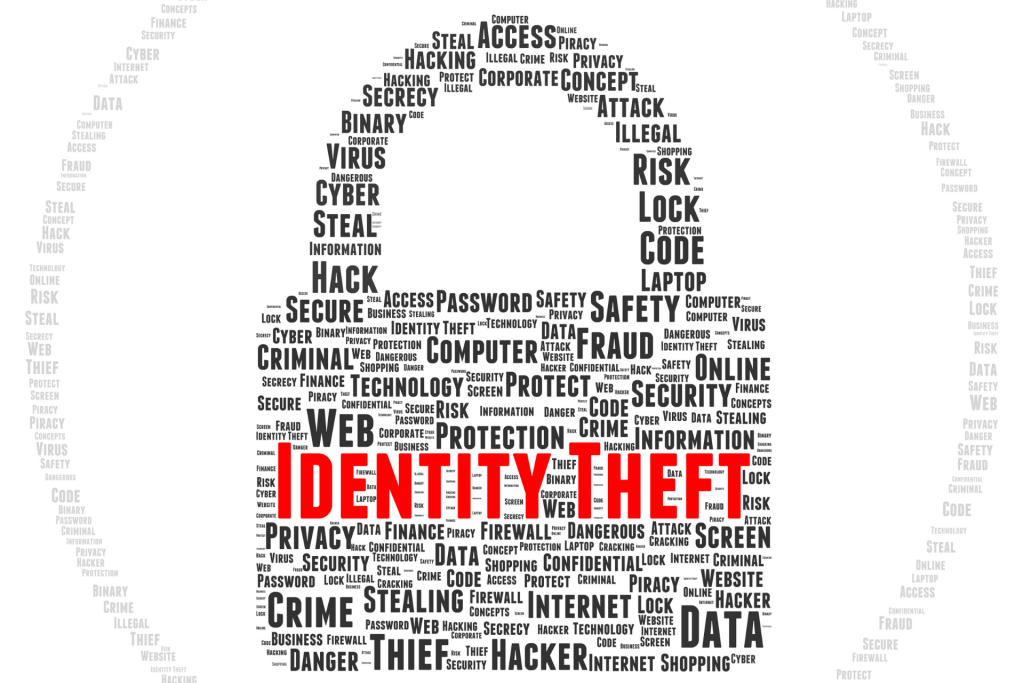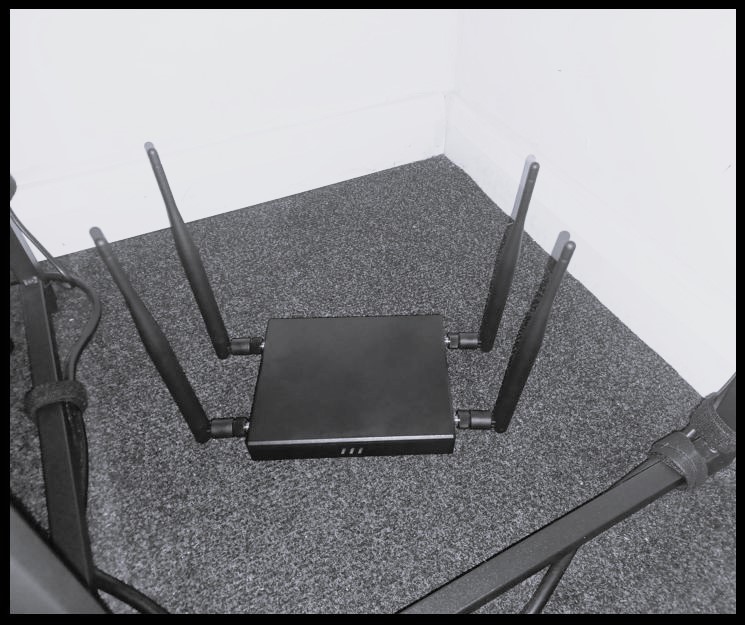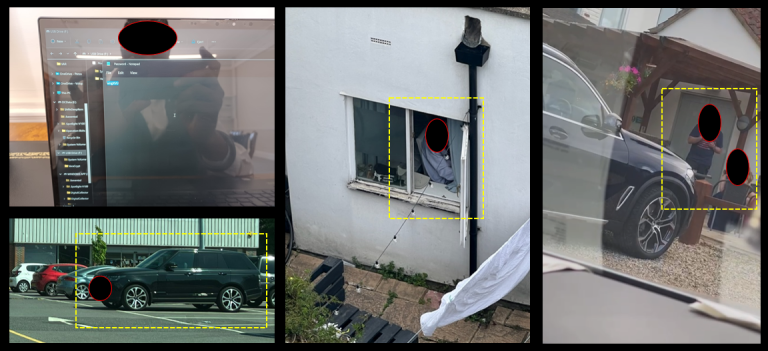Identity fraud and theft:
Identity fraud, or ‘ID theft’, involves the use of a person’s stolen details to commit crime. Many victims never find out exactly how someone got hold of their details and clearing things up afterwards can be costly and stressful. Criminals are experts at impersonating people, organisations and the police – they spend hours researching you for their scams, hoping you’ll drop your guard.
…..In the past year alone (2021), £2.6billion was lost to online fraud and experts say the problem has worsened during the pandemic, with more people complaining to the Financial Ombudsman Service. Statistics show 38% of online shopping crimes are the result of stolen identity. And with internet sales making up 34.5% of total retail sales in 2021, there is no shortage of opportunity. As social media use increases across the UK, so do chances of falling prey to an identity thief. After all, it’s estimated that over 85% of all ID thefts are carried out online. Stolen personal information and page log-ins are sold on the dark web every day. There’s even a price list for this kind of ID fraud. You can buy a new identity for as little as £10. In 2020-21 there were over 51,000 reported cases of Identity theft in the UK – the second highest number of cases after purchase fraud.
Top 10 tactics deployed by fraudsters: Figures from banking industry body, UK Finance
- COPYCAT (Impersonation) CONS – 32,196 cases in 2020-21 – £98.4 MILLION LOST
- BANK IMPERSONATION – 40,283 cases in 2020-21 – £181 MILLION LOST
- INVESTMENT SCAMS – 15,822 cases in 2020-21 – £242.8 MILLION LOST
- IDENTITY THEFT – 51,389 reports in 2020-21 – £41.2 MILLION LOST
- ROMANCE CONS – 4,608 cases in 2020-21 – £36.3 MILLION LOST
- INVOICE FRAUD – 7,121 cases in 2020-21 – £124.1 MILLION LOST
- PURCHASE CONS – 131,068 cases in 2020-21 – £94.8 MILLION LOST
- ADVANCE FEE FRAUD (pay up front) – 23,968 cases in 2020-21 – £39.9 MILLION LOST
- HOLIDAY SCAMS – no data available
- CEO fraud (cybercriminal spoofs company email accounts and impersonates executives to convince an employee to send money to them)- 1,044 cases in 2020-21 – £16.9 MILLION LOST
Fraud has become endemic in Britain. We face daily texts and scam calls, and the internet is littered with fake websites and advert cons – SO, It’s as important as ever that you understand how fraudsters can get their hands on your information so you can take steps to protect yourself.
Your property:
Property fraud is when a person pretends to be you and uses your stolen identity details to mortgage or even sell your land, house or business premises. Properties most at risk are those that are rented out, empty or mortgage-free. This kind of fraud is rare, but if you’re a property owner it’s worth taking the simple steps below to make sure it doesn’t happen to you. Undoing the damage after you’ve been a victim can be time-consuming, costly and stressful. You should:
- Register your land or property with the Land Registry
- Keep your contact details up to date
- Sign up to receive alerts if someone applies to change the register of your property
- Put a restriction on your property so no activity will be allowed until a solicitor or conveyancer confirms it’s been made by you
Your address:
If you start getting post for someone you don’t know, try to find out why. Lenders use the electoral roll to check who’s registered as living at a particular address. When registering to vote, tick the box to opt out of the ‘edited’ register. This will help prevent unsolicited marketing mail or junk mail – this doesn’t affect credit checks. In addition:
- sign up to the Mail Preference Service to prevent marketing letters
- protect mail left in communal areas of residential properties
- redirect your mail when moving home
Your bank accounts:
Be wary of unsolicited phone calls, letters or emails from your bank or other financial institution asking you to confirm your: personal details, passwords and security numbers. Regularly check your bank accounts and chase up any statements that you don’t get when you expect them. Dispose of anything containing your personal or banking details by using a cross-cut shredder or tearing into small pieces. When you receive your bank cards always sign up to either: American Express SafeKey, MasterCard SecureCode or Verified by Visa. Do this even if you don’t want to use your cards online as it helps protect you if your card or details are lost or stolen. If you think someone is misusing your bank account details, report it to your bank immediately.
Your computer:
Keep your computer security programs, such as antivirus and security configurations, up to date. Make sure your web browser and operating system are the latest versions. If you’re unsure how to do this, ask a computer security specialist or someone you trust. Be wary of clicking on links in unsolicited emails. They may contain viruses or other programs that can harm your computer or steal your credentials. If you’re making a financial transaction online, make sure you’re on a secure site. You can do this by looking at the address, as below.
Usually a website will start with ‘http’ but a secure site should start with ‘https’. For example, http://www.mybank.com is the address of Mybank, then if you want to go to the transactions page you have to log in
At this point the address bar changes to something like https://mybank/login.com . A padlock icon will appear in either the bottom left or bottom right corner of your browser bar, or within the address bar. The address bar may also change colour.
If you get an email claiming to be from your bank, asking that you contact them, ask yourself if it’s genuine. If you’re unsure, don’t click on any links in the email. Open another window in the browser and visit your bank’s website using your usual method. Check your bank’s online banking security options. Some offer free antivirus and browser security software.
Protect your phone:
Mobile technology is now an essential part of modern business, with more of our data being stored on tablets and smartphones. What’s more, these devices are now as powerful as traditional computers, and because they leave the safety of the office (and home), they need even more protection than ‘desktop’ equipment:
- Keep your phone locked
- Set secure passwords – switch on password protection
- Keep your device’s operating system (OS) and Apps up-to-date
- Make sure lost or stolen devices can be tracked, locked, or wiped
- Only connect to secure Wifi
- Beware of downloads
- Don’t Jailbreak or Root your mobile – this is the practice of removing the safeguard the manufacturers have put in place so you can access anything you want
- Encrypt your data
- Install anti-virus software
- Never reply to unsolicited text messages, even to get them stopped. Simply delete them.
- Avoiding give your phone number out IF not necessary





